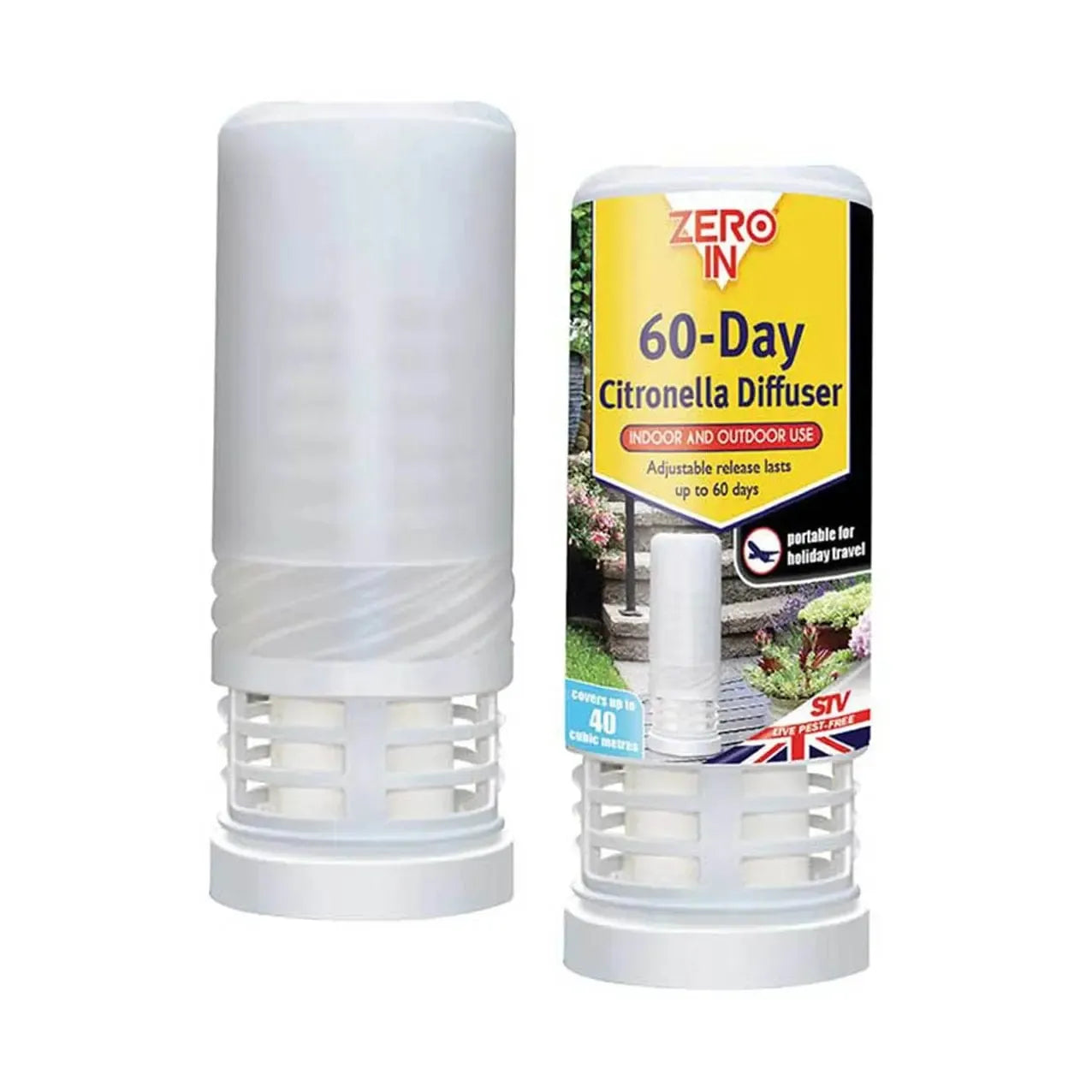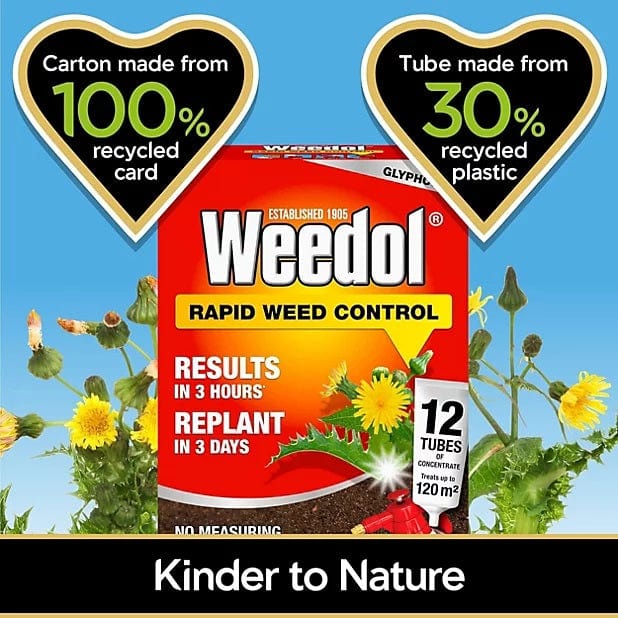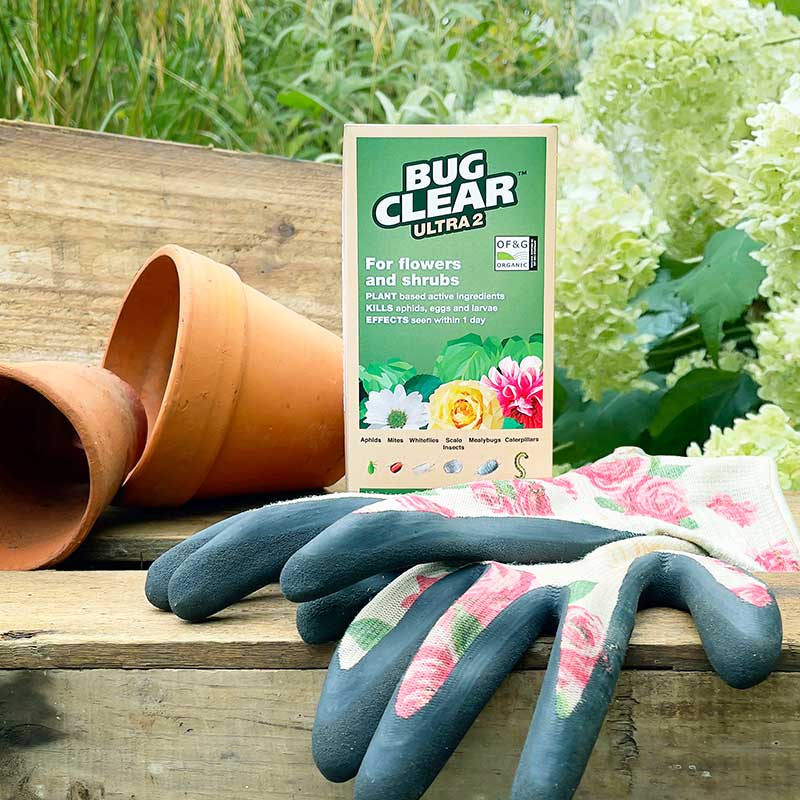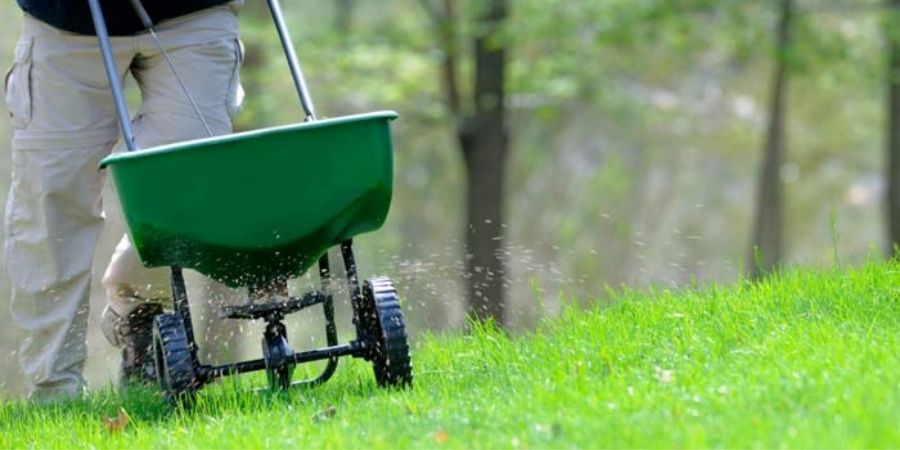Lawn Disease Prevention and Treatment
- 〡
- 〡 by Fitfit Garden

Grasses in the lawn, much like most other garden plants, face several disease problems. In fact, they rarely result in serious damage. But to control them, the first course of action is to try to ensure that the grass is well-balanced and healthy.
These are typical grass diseases.
Following are the more common lawn diseases as well as fungi.
Red thread
This is the most common fungal disease, and most of the time it happens on lawns, though it may show up to those with a deficiency in the nitrogen content. It forms brown patches, particularly during wet summers and during autumn.
The presence of the red thread is due to the fungus Laetisaria fuciformis.The pathogen hardly kills the grass completely, and the patches recover if proper lawn preparation and treatment occur. Affected grass turns redish in color that later will turn light brown nearly bleached and leaves may bind together. The patches vary in sizes that are usually 7.5cm to 25cm (3in to 10in) diameter, but can be a lot larger.
Fusarium patch or snow mould
The commonest cause of brown patches on lawns is probably Fusarium patch commonly referred to as snow mould, especially in autumn, when mild spells of winter become more frequent, but there seems to be no special times of the year that favor attacks.
Snow mould is a fungal disease caused by the fungus Monographella nivalis. Small patches of dying grass first become visible, often turning brown later. These patches may extend up to 30cm (12in) and may merge, creating broad affected areas. In wet weather, white or pinkish, cotton-like growths may be seen especially around the edges of the patch.
Fairy rings
Fairy rings are caused by one of a group of fungi, producing rings of dead grass and usually toadstools in the lawn during late summer and autumn.
Depending on the species involved, symptoms of an attack might vary, but the typical ones include: irregular ring of dead grass; around dead grass, grass is likely greener than elsewhere in the lawn and it may appear both inside and outside.
It is always worthwhile to gently tip over the toadstools before they fully develop and release their spores. If you're a patient person, as the rings grow in size every year, they will outgrow the lawn!
Take-all patch
Take-all patch is one of the most damaging lawn diseases, though thankfully it is not that common. It first appears during mid-summer.
Human to the letter Take-all patch is caused by the fungus Gaeumannomyces graminis, known formerly as Ophiobolus graminis - hence its former common name of ophiobolus patch. At first it appears in small circular patches, the patches eventually spread to roughly 50cm to 100cm in diameter, and tends to affect mainly bent and other fine leaved grasses producing patches of dying straw-coloured grass. The take all patch eventually disappears after December but can return for year after year.
How to manage and control grass diseases
Lawn diseases or fungi can be kept manageable or prevent them from manifesting themselves altogether through easy lawn care by doing a few things described below.
- Keep your lawn at ideal height at all times during the year. Never mow down the lawn short. Cutting the lawn lawnmowers weakens its grasses.
- Feed the lawn well throughout the year, by feeding with a lawn feed in spring and summer; but avoid high doses of nitrogen fertiliser at any time late in summer or autumn; always opt for an autumn lawn feed instead.
- Poor drainage or compacted areas also encourage diseases and reduce grass health, so improve drainage by forking the lawn; or better still, in autumn make use of a solid tine or hollow tine aerator.
- Thatch can encourage diseases on the lawn; scrape thatch off with a spring-tine rake or electric scarifier in autumn and/or spring. Thatch, moss, and any other dead matter helps with soil aeration.
- Dry lawns, of course, are much more susceptible to diseases, mainly as it weakens the grass so water thoroughly where possible in dry spells of weather throughout the summer.
- Grass clippings disposed of will reduce the quantity of fungi load, thereby reducing the possibility of re-infecting the lawn.
Lawn Proper Care Tips
For a reason, lawns may become weak for diseases and pests. Try following these tips to make it never happen in your lawn.
- Cut your lawn to its recommended grass height depending on the type. Taller grass shades the soil to give rise to deeper roots, also preventing diseases.
- Water your lawn deeply but less often to encourage deep root growth and minimize surface moisture that can foster disease. Water in the early morning so the grass has a chance to dry before evening.
- Puddling water can occur in some areas, and if so, improve drainage by aerating compacted soil.
- Fertilize lightly. While grass does require nitrogen to grow, too much causes disease.
- Bare spots of your lawn are easily accessed by the weeds and disease agents. Overseed in the spring or fall so that grass grows healthy. Dethatch when necessary for good air circulation.
When done with these tips and also keeping an eye on lawn health, there will no longer be chances of lawns getting such diseases while all the more letting you welcome the lush green healthy lives of your backyard this earth day and long after for much more.
FAQs
How to Stop Grass Disease?
Use Fungicide if Necessary
Lawn diseases such as brown patch and dollar spot can be prevented, or stop them from developing if you have struggled with disease in previous years, by applying a lawn fungicide.
What is the Best Grass Treatment?
Dethatch, aerate, top-dress, overseed, and fertilize twice per growing season. Please ensure to water your lawn and mow it on a regular basis. Address any pest or disease issues promptly. You will soon enjoy a lush green carpet surrounding you within a span of two years. Oddly enough, nature has an aversion to lawns, and maintaining a flawless one necessitates going against nature.
How do you protect your lawn?
8 Ways to Keep Your Lawn Green
- Prevent Weeds Before They Come Up.
- Kill the Broadleaf Weeds when they start growing
- Always Mow High and Quite Often.
- Mow your lawn regularly to get some exercise for your mower blade.
- Water early in the morning.
- Aerate your lawn.
- Feed your lawn and
- Exercise your dog in patches around it.
How To use fungus control for lawns?
Make a broadcast application with a rotary or drop spreader by disbursing the amount of the required rate specified on the product label.
Water your lawn after the application of this product.
Attach a container to your hose. The nozzle has to be installed opposite the direction where you are spraying. Now turn the hose on, and you begin spraying from the most distant area.













